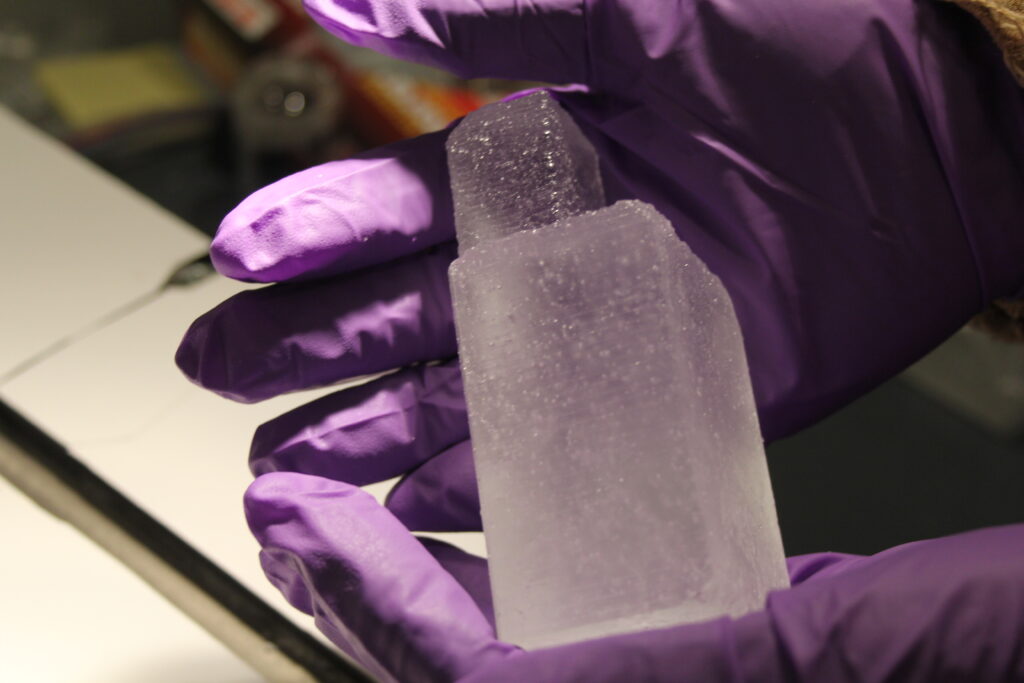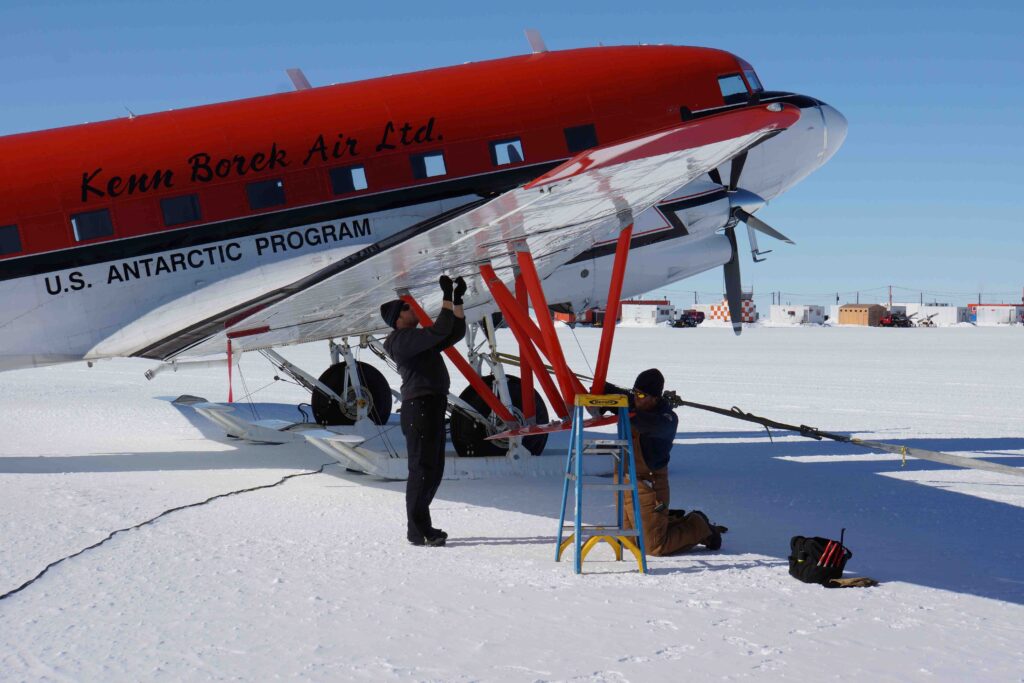
The University of Texas at Austin has joined a National Science Foundation-funded center to find the world’s oldest ice in Antarctica – 1.5-million-year-old ice that could hold tiny pockets of Earth’s ancient atmosphere trapped in air bubbles within the ice.
Announced Sept. 9, 2021, the Center for Oldest Ice Exploration, or COLDEX, is a five-year, $25 million Science and Technology Center led by Oregon State University that seeks to learn what Earth’s climate was like before modern humans evolved.
Duncan Young, a research scientist at UT’s Institute for Geophysics (UTIG), said that the center was an exciting opportunity to learn about a period when Earth may have been warmer than today but its ice ages more frequent.
“We’re going to be looking into this quite mysterious part of Antarctica near the South Pole where we think we can find 1.5-million-year-old ice,” said Young, who will lead UT’s effort with fellow UTIG research scientist Donald Blankenship. “That will give us a record to understand what was happening in the atmosphere before the world transitioned to a longer glacial cycle and how that relates to both the past and future of human development.”

Finding ice that old is a challenge because despite its frozen nature, Antarctica’s ice sheets are always on the move. Until now, the oldest known undisturbed ice dates to 800,000 years ago, but scientists believe the right combination of conditions could hold thin layers of the ice sheet in place for 1.5 million years and longer.
The trick is in finding them.
UT will play a key role pinpointing where those conditions may have occurred by peering into the ice using a UTIG developed airborne radar system alongside a complementary radar developed by the University of Kansas, a COLDEX partner. UTIG is a unit of UT’s Jackson School of Geosciences.
Together the radars, which will be flown over a region near the South Pole, will map the ice sheet in 3D over two seasons and, in a major technical advancement, track the internal flow of the ice sheet beneath the aircraft. Tracing the ice flow is key because it indicates areas of young ice that the team should avoid. Alongside gravity and magnetic measurements of the sub-ice geology, the information will guide COLDEX partners who will drill ice cores using newly developed technology and, if successful, recover preserved layers of old ice.
The new project builds on previous UTIG efforts to locate old Antarctic ice, including a 2016 international effort Young led using similar technology in a region of East Antarctica known as Little Dome C.
Young said their first major task will be integrating UTIG’s radar equipment (which is a technological predecessor to a radar instrument UTIG is leading for NASA’s Europa Clipper mission) to work in tandem with the University of Kansas instrument. Once complete they should be ready to begin looking for the ancient ice.
“It’s going to be a lot of work over the next five years, but I’m looking forward to it,” he said.
Read Oregon State University’s press release announcing the center.
For more information, contact:
Constantino Panagopulos, University of Texas Institute for Geophysics, 512-574-7376
Anton Caputo, Jackson School of Geosciences, 210-602-2085
Monica Kortsha, Jackson School of Geosciences, 512-471-2241
Julia Sames, Department of Earth and Planetary Sciences, 210-415-9556.
